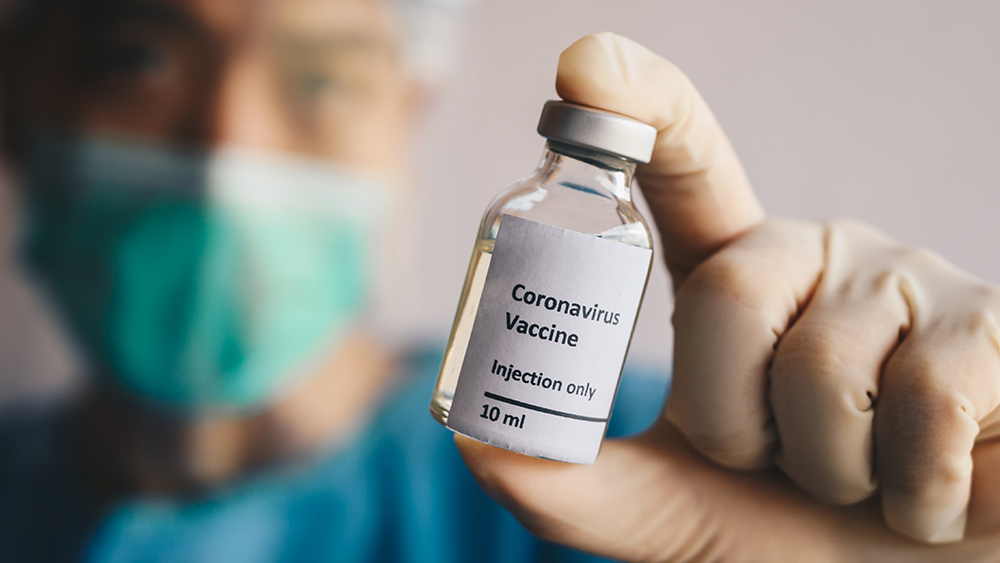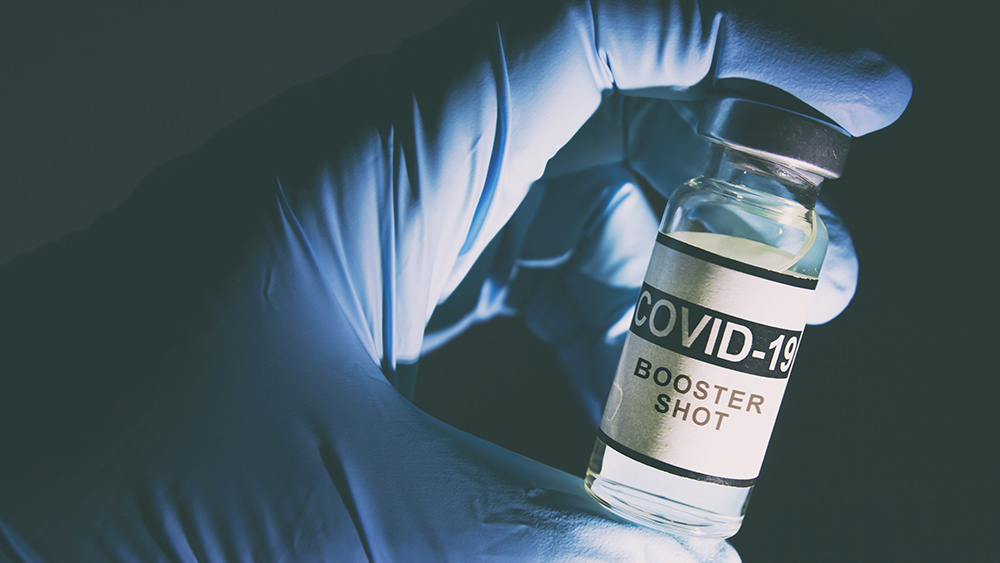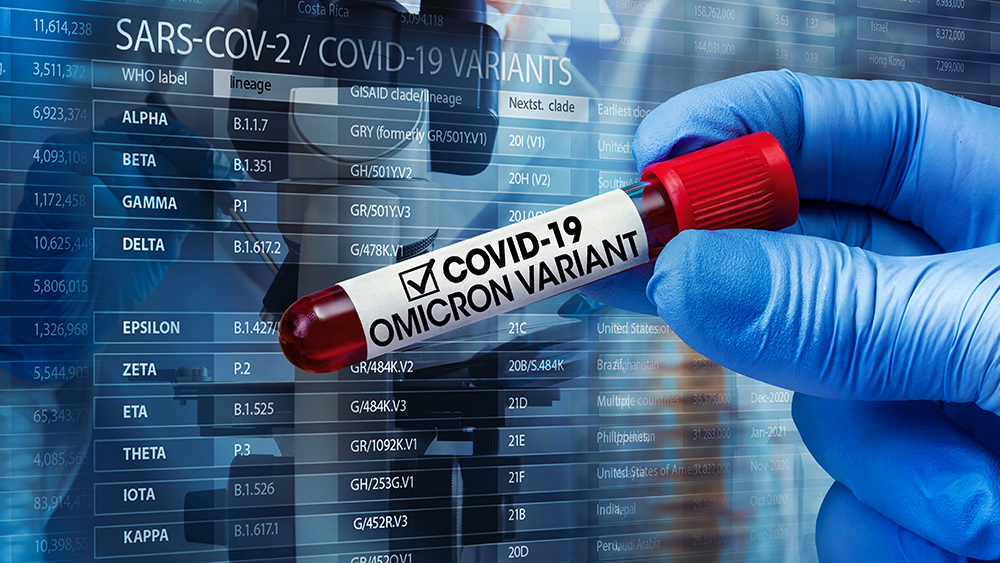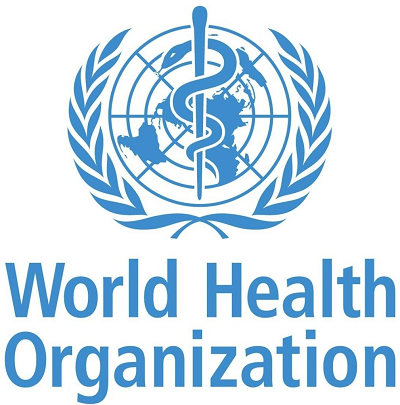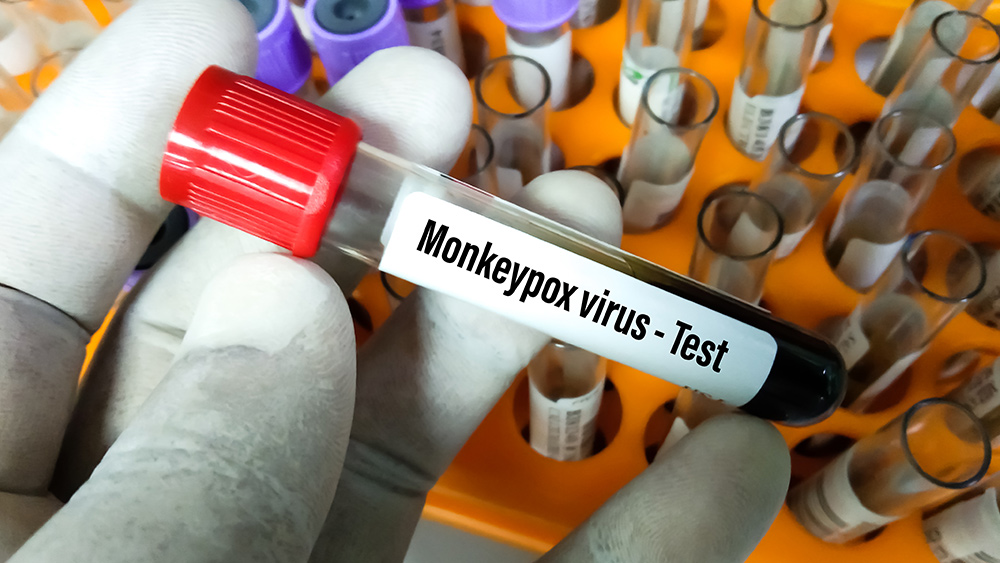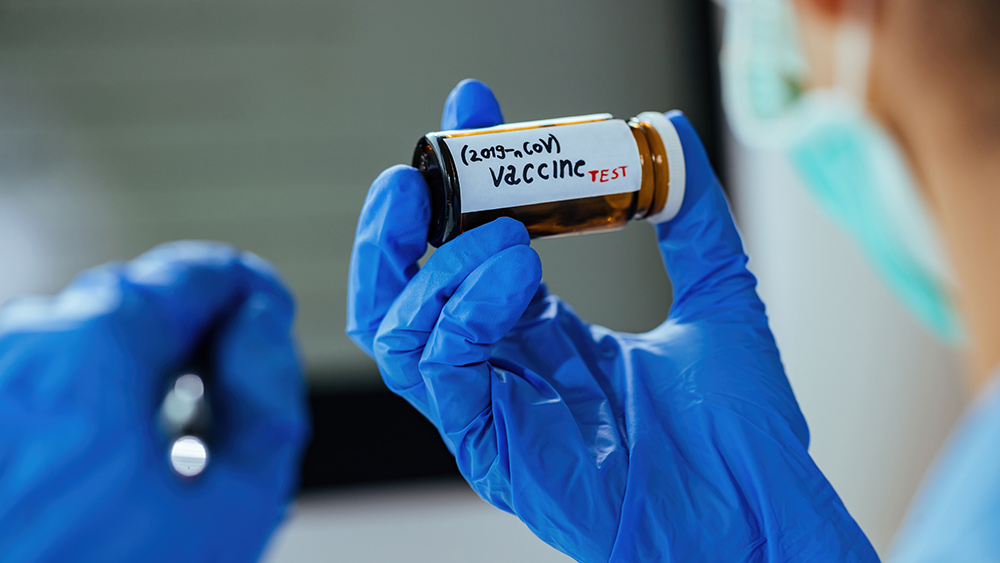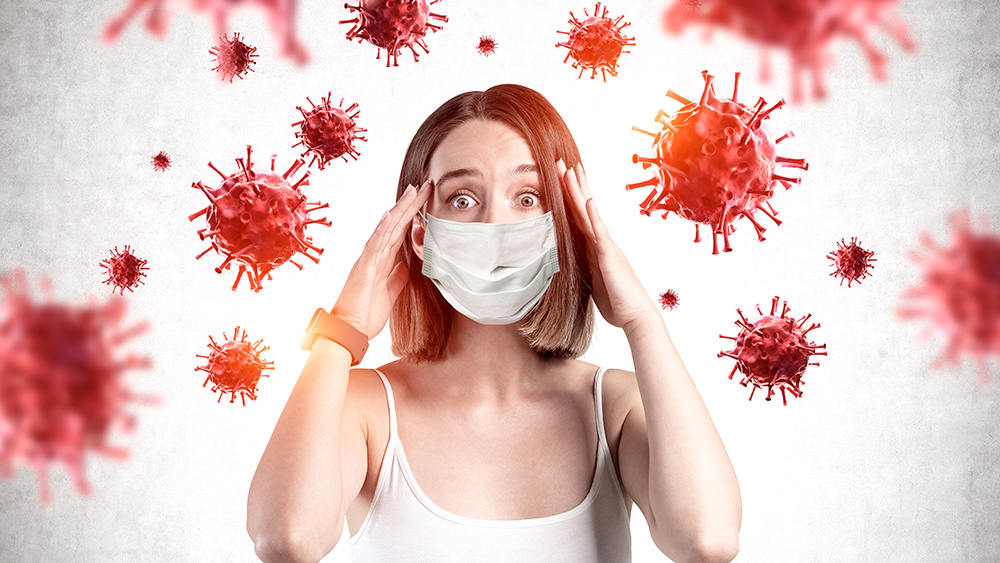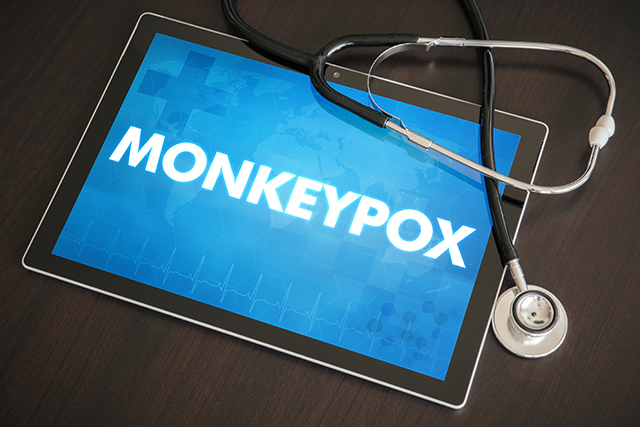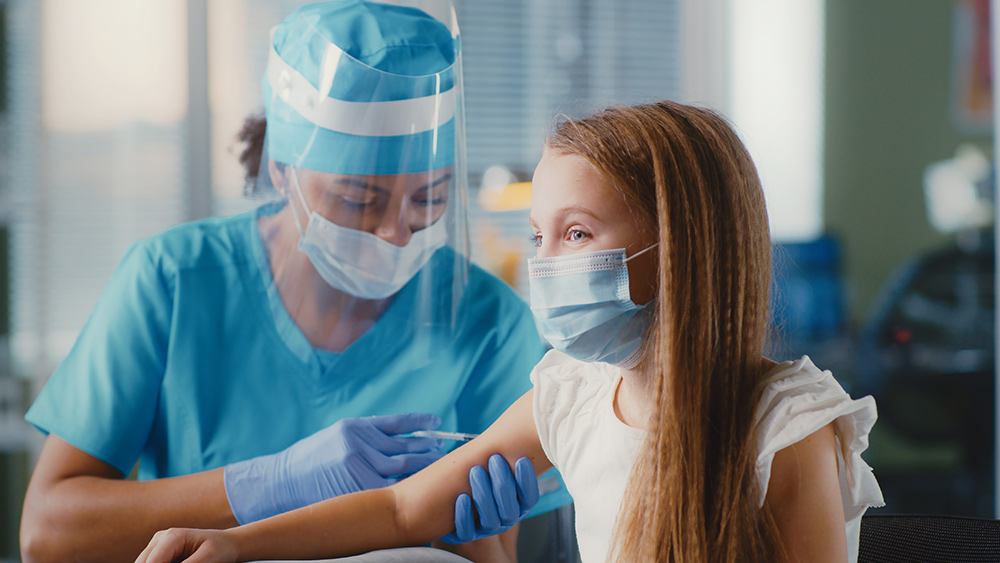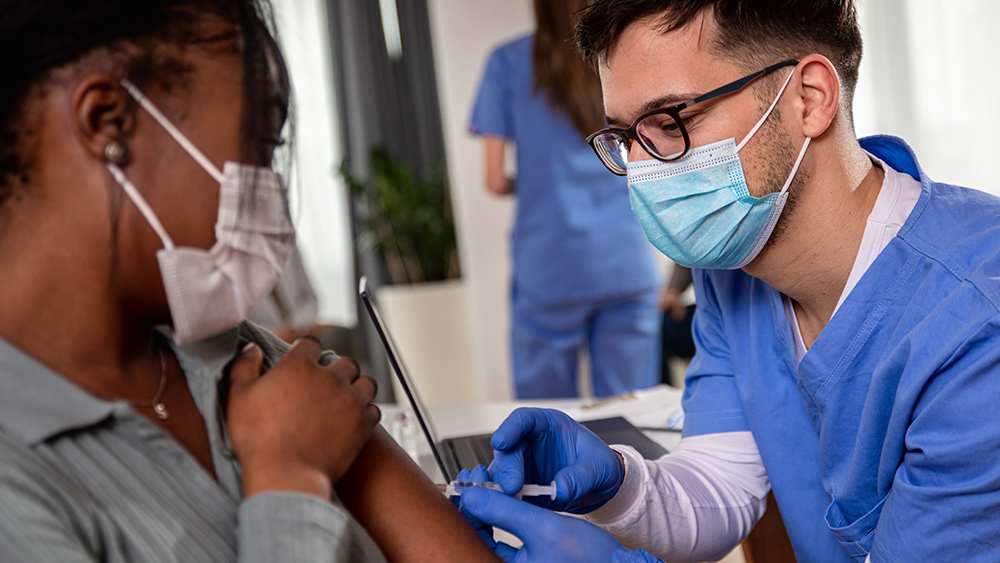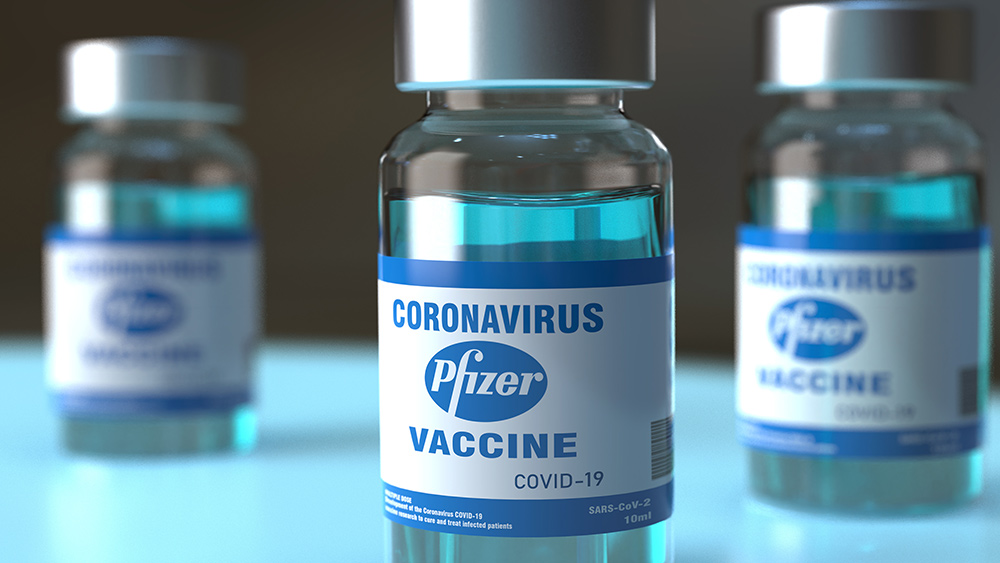Researchers develop a simple eye scan that detects undiagnosed Type 2 diabetes
09/17/2020 / By Virgilio Marin
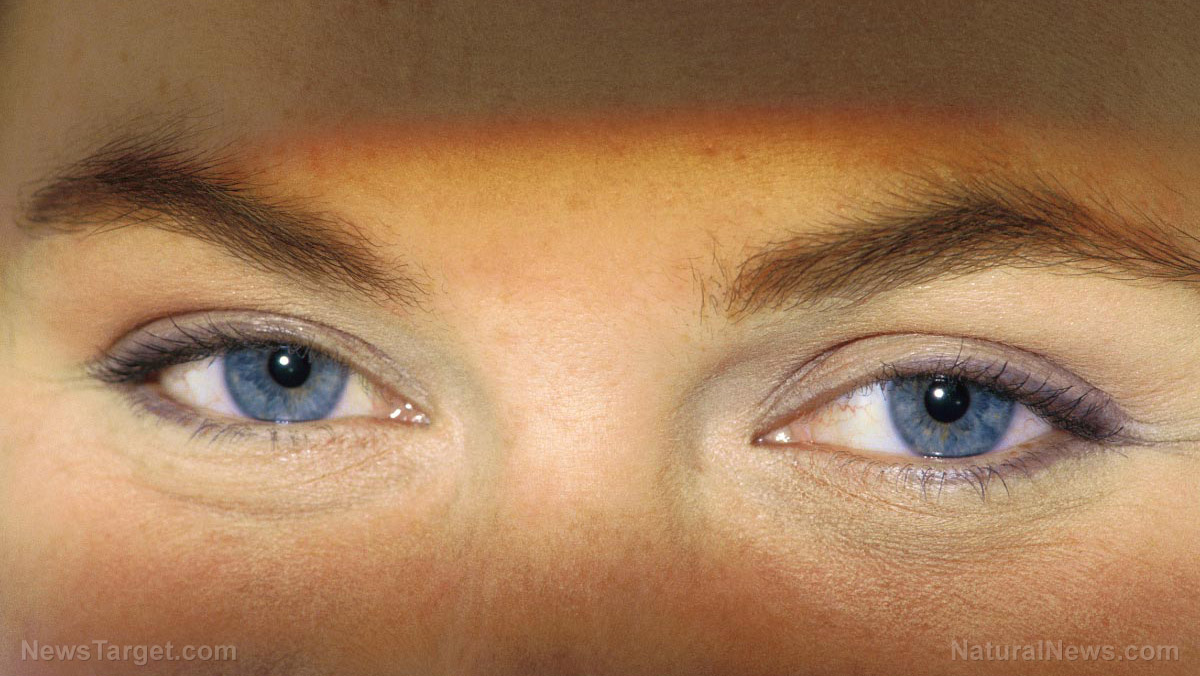
A researcher from the University of Exeter is developing a novel method for detecting Type 2 diabetes. It involves a simple eye scan that searches for biomarkers of diabetes called advanced glycation end-products or AGEs.
Dr. Mitra Tavakoli, the person behind the study, recently completed a test pilot and said that the results were successful. Using biomicroscope screening, she was able to detect high levels of AGEs in people with Type 2 diabetes as well as in those who are in the early stages of developing the disease.
“Although this is a pilot study, [biomicroscope screening] is an exciting, emerging new tool for early detection and monitoring the treatment of patients. It could improve the lives of people with Type 2 diabetes by reducing complications,” said Dr. Tavakoli.
The findings of the study are published in the journal Diabetes.
Non-invasive method of diagnosing Type 2 diabetes
AGEs are harmful compounds that form when protein or fat combines with sugar in the bloodstream. It can also form in foods, especially those exposed to high temperatures. Foods that are grilled, fried and toasted tend to be very high in AGEs.
Although the body can eliminate these harmful compounds, having too many AGEs can overwhelm the body and cause them to accumulate. Increased levels of AGEs are linked to the development of various diseases including diabetes, kidney failure, heart disease and Alzheimer’s.
In diabetes, high AGE levels are associated with the complications of the disease such as retinopathy – a condition characterized by damaged light-sensitive tissue in the retina.

For the pilot study, the researchers enlisted 20 people with Type 2 diabetes, 20 people with prediabetes and 20 healthy people. All of the participants belong to the same age group.
A biomicroscope, the device used for the proposed diagnostic method, measured the levels of AGEs of the participants by focusing a blue light beam onto the lens of the eyes. AGEs have a unique measurable fluorescence, or the ability of a substance to absorb light. In turn, the biomicroscope allowed Dr. Tavakoli to measure total lens autofluorescence or the amount of light emitted by the cumulative AGEs in the eyes.
The screening was deemed successful. The device showed that the participants with Type 2 diabetes had significantly higher levels of AGEs in the eyes. It also detected increased levels in those with prediabetes, making it a promising device for monitoring Type 2 diabetes risk.
“The results of this preliminary study showed that lens autofluorescence is significantly greater in patients with prediabetes and Type 2 diabetes. The levels of AGE products were correlated with the levels of blood sugar,” added Dr. Tavakoli.
Biomicroscopic screening as effective as standard blood tests
Previous research also vouched for the effectiveness of biomicroscope screening. In one study, researchers found that biomicroscope screening using patent technology is effective in detecting Type 2 diabetes compared with hemoglobin A1c and fasting plasma glucose tests.
The team recruited healthy and diseased individuals who were diagnosed with either Type 1 or Type 2 diabetes. Using a patent biomicroscope, the team measured the lens autofluorescence of the participants in order to find out the test sensitivity and specificity of biomicroscope screening. Test sensitivity refers to the ability of a diagnostic test to correctly diagnose individuals with a certain disease while test specificity refers to its ability to correctly generate a negative result for those without the disease.
Results revealed that biomicroscope screening was able to detect Type 2 diabetes with a 67 percent sensitivity and a 94 percent specificity. On the other hand, hemoglobin A1C test had a 44 percent sensitivity and a 79 percent specificity while fasting plasma glucose test had a 50 percent sensitivity and a 95 percent specificity. (Related: Diabetes detection breakthrough: Fluorescent light illuminates blood sugar disorders in patients.)
According to the researchers, this non-invasive method takes only six seconds and does not require fasting. Furthermore, it does not generate biohazard waste unlike standard blood tests.
These findings demonstrate that biomicroscope screening can be an effective, efficient and convenient alternative to current diagnostic methods.
Learn more about diagnostic methods for diabetes at DiabetesScienceNews.com.
Sources include:
Submit a correction >>
Tagged Under:
biomicroscope, diabetes, diagnosis, disease treatment, eye scan, medical tech, prevention, technology, type 1 diabetes, Type 2 Diabetes
This article may contain statements that reflect the opinion of the author

